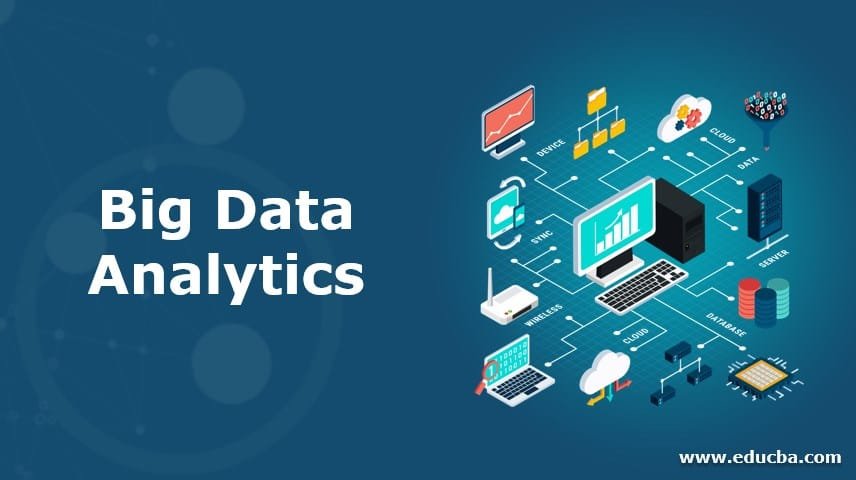Summary on a news article about Big Data Analytics
The article I chose is “How Big Data Analytics Can Help Track Money Laundering”. This article depicts one of the uses of analytics besides business. Money laundering has become increasingly sophisticated since the economic downturn of the last decade. Furthermore, the money launderers always seem to have an edge, as they obscure their activities by using the complexity of the global financial infrastructure to their advantage. Money launderers will go to extremes to hide the true source of their funds and internal fraudsters will exploit procedural weaknesses in order to reap their rewards. Building effective AML programs is not an easy task because money-laundering crimes are well hidden and usually mimic normal behavior. However, discovery and predictive analysis are effective in detecting fraud and money laundering in raw-source data, non-standard and poor quality data. Exploratory and discovery oriented methods of advanced analytics, such as data mining, can quickly retrieve information and facilitate learning from big data. Mining processes also provide the ability to create relationships between data. When applying data mining algorithms and techniques to financial transactions, hidden implicit patterns of funds flow can be identified. This makes it possible to uncover scenarios for investigation that can detect money laundering and fraud. The article explains the research of PwC on the topic.
The new analytics tools that are available today can transform “just a bunch of numbers” into actionable understanding about needed changes in instruction. These tools capture data from multiple sources to uncover previously unrealized associations. When combined this big data with predictive and prescriptive models, data and analytics tools gives governments the insights to make better their results of tracking illegal money transfer. Predictive and prescriptive models today yield useful information. Data and analytics tools are fundamental to predictive and prescriptive models. Usually Analytics is referred with business, strategy and management uses for organizations, but the article suggests that the governments can use analytics across the world to track Money Laundering, which is a major concern in any part across the globe. The idea and application of “big data” is still fairly new in the current situation.
The governments across the globe have established various ways of Anti-Money Laundering (AML) techniques, which are making the criminal and terrorist organizations to become more intelligent and surpass the government’s efforts to track the illegal transfer of money. They are relying on global trade to make the network more complicated than the tracking capacity of the existing AML methods. In the global trade, the illicit funds become negligible in amount and the network is complex with finance regulations and customs procedures. According to a research by Global Financial Integrity (GFI), 80% of the illicit financial flows are done through Trade-Based Money Laundering (TBML) which increased by 3 times from 2002 to 2011 mostly in developing economies. It becomes hard for AML to track the TBML as it is largely dependent on Manual procedures and regulations using know-your-customer (KYC) and manual reviews if there is any suspicious activity noticed by analysts.
The tracking can be made easier if data is shared between customs, tax and legal authorities. The TBML techniques include over and under-invoicing, multiple invoicing, over and under-shipment, false description of trade goods, informal money transfer systems. The money is masked in such dubious ways with misuse of trading complexities. Though complete eradication of TBML is not possible ideally, these complex networks through rigorous analysis can be cracked to find the illegal transactions. For this to be possible, the imposition of bank-like compliance requirements on internationally trading organizations is required which creates difficulty for even the legitimate users. Thus, global analytics is another solution for the problem. Automating the anti-TBML monitoring is important.
Data Analytics has a wide variety of advanced techniques of analyzing data. Few of them are Text Analytics, Web Analytics and Web-crawling, Unit Price Analysis, Unit Weight Analysis, Network or relationship analysis of trade partners and ports, International trade and country profiling analysis. All these techniques or methods can be useful to detect outlier activity in the trading business. They can help detect irrelevant transactions depending upon the text, price, weight, relationship or profile. The automation of the analysis would critically analyze the transaction’s credibility with document comparison and detect any deviations or false statements of any of the parameters like unit price or unit weight.
This is the right time to move beyond a simple focus on generating statistics and reports that are viewed once, then put away and forgotten. By implementing big data analytics governments can put data to the positive, constructive use that will lead to tracking money laundering and helps the countries from being under developed to developed.
References:
http://www.safe-banking.com/DownloadDocument.ashx?documentID=84

